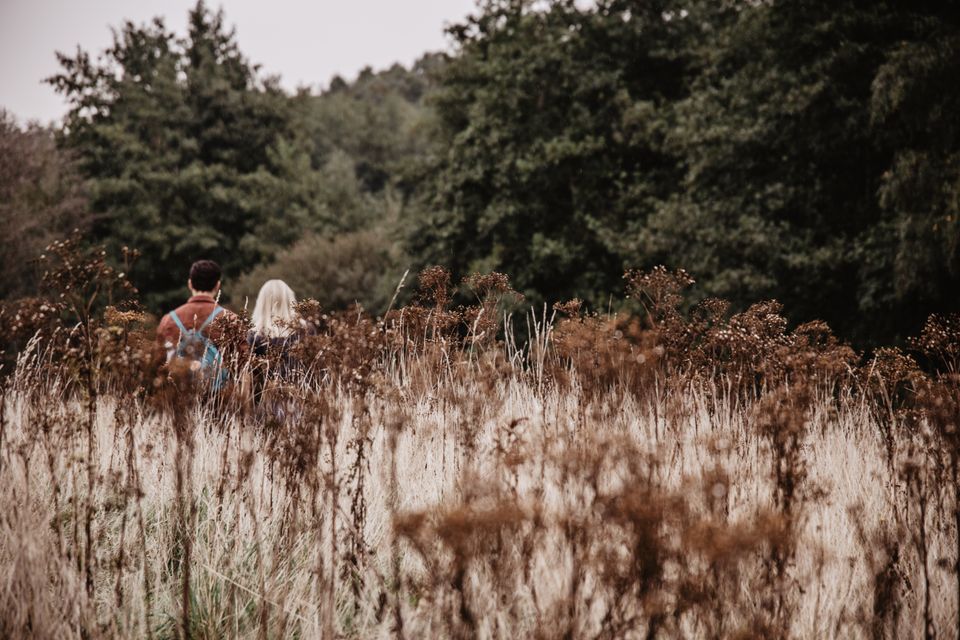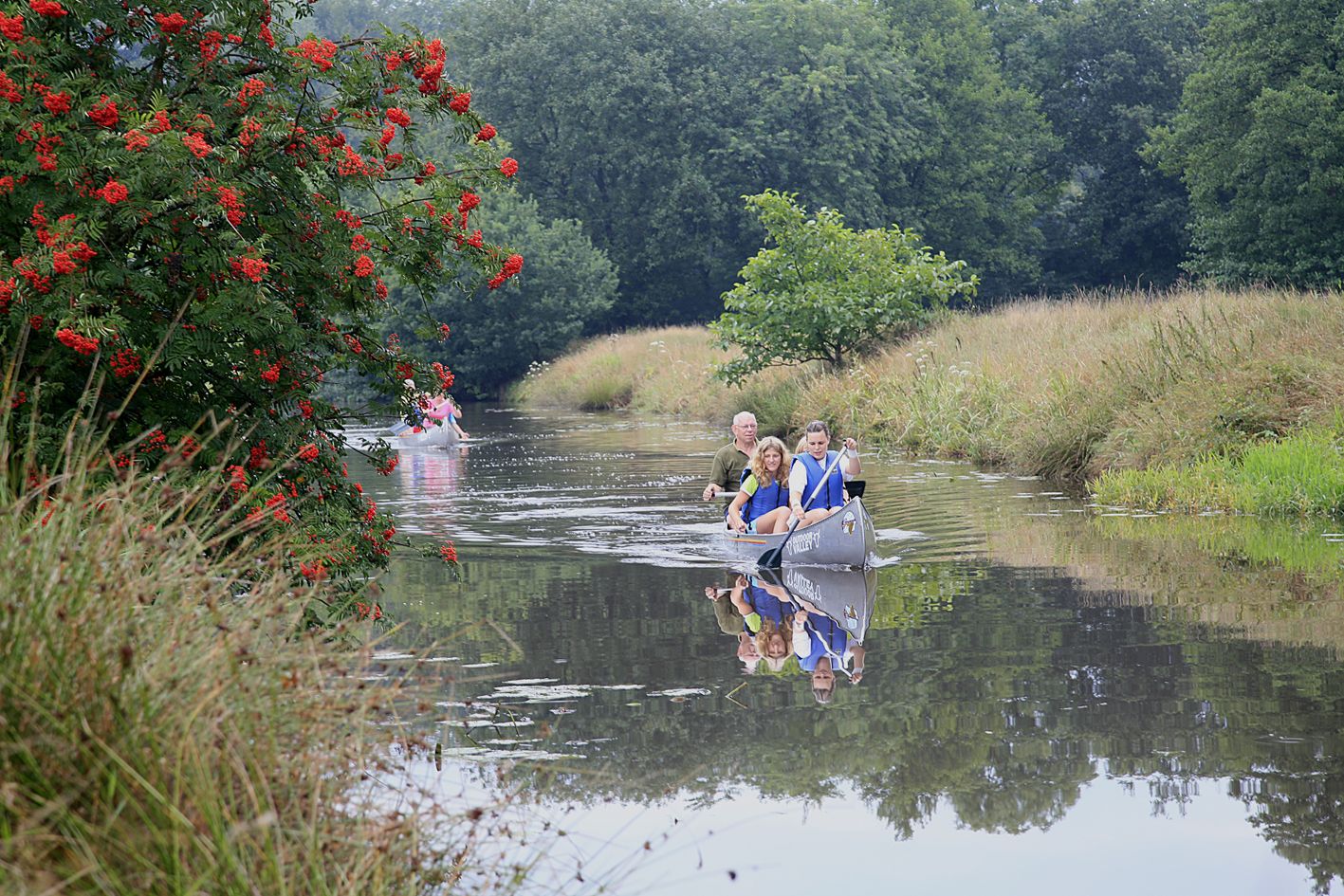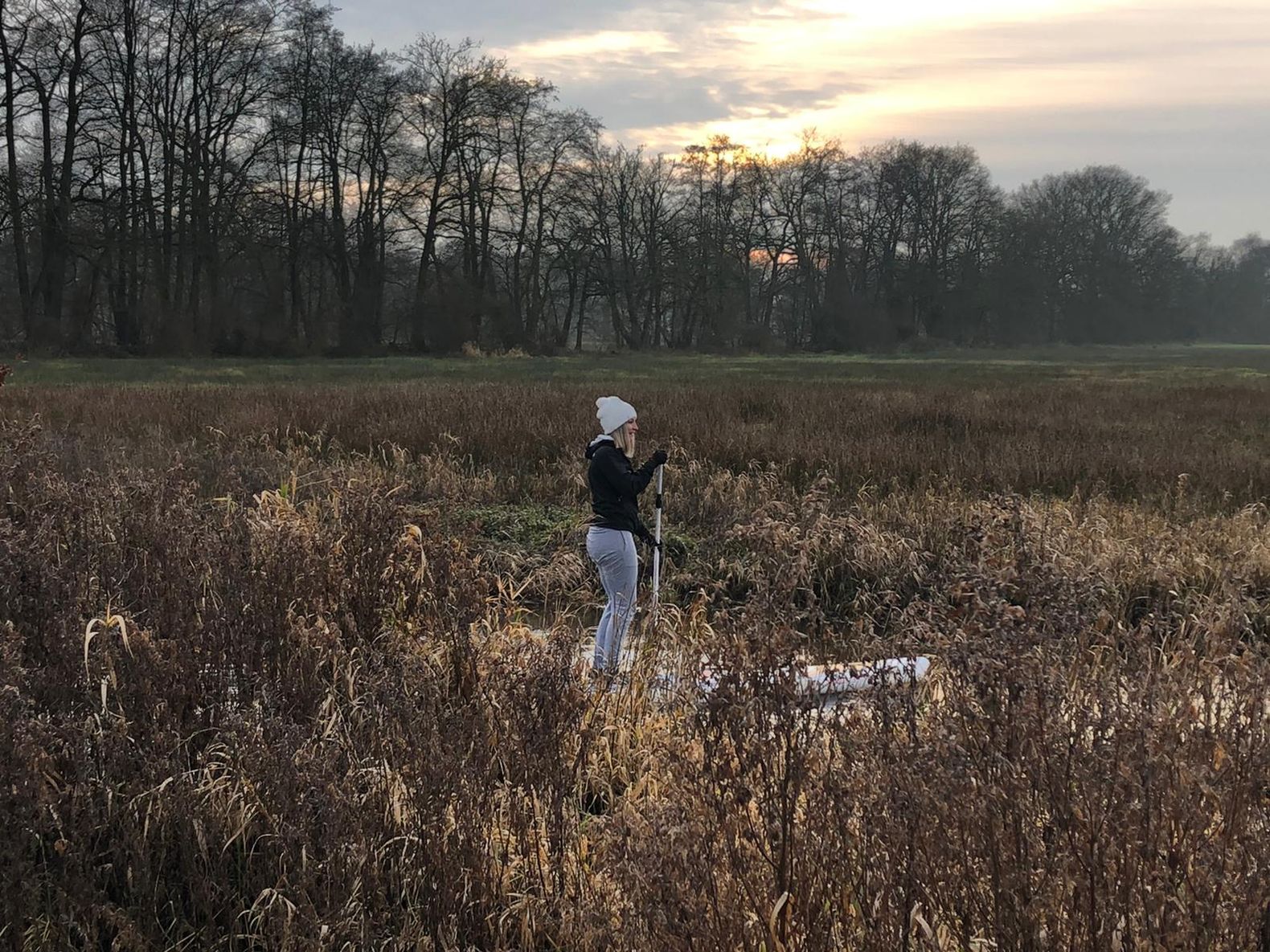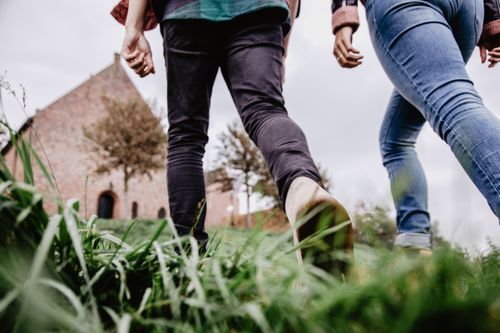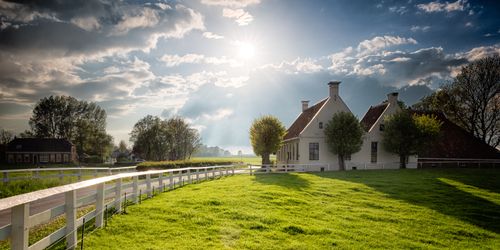Valley of the Ruiten Aa
Waters that once flowed in a straight line can now meander again
In the past, the curved waters of Westerwolde were all straightened under the veil of land consolidation and water management. Until the last century, the meandering Ruiten Aa river was also redirected to fit straight and wide ditches. Today the brook is free to follow its natural course again, providing animals and plants with all the room they need in the Dal van de Ruiten Nature Reserve.
Brooding stork and grazing sheeted cattle
In east Groningen, you can see the various original stream valleys between Ter Apel and Bad Nieuweschans that have been restored. Streams that were once straightened are left to follow their very own natural meandering course again. The wooded areas, pastures and fields you see in the Dal van de Ruiten Aa are very similar to the old Westerwolde esdorp countryside. The plants and animals in the area have reacted well: in spring, the countryside is jam-packed with flowers. Sheeted cattle now graze the meadows, while a kingfisher hunts for fish and a great white egret flies over. Storks that disappeared from Westerwolde have found their way back, so who knows, maybe otters and beavers will return as well.
Ancient wooded areas and sand hills
According to experts, the Dal van de Ruiten Aa and the valleys of the Westerwoldse Aa and the Mussel Aa are examples of most beautiful valleys in Europe. Walk or cycle one of the many valley routes to smell, hear and see these lovely landscapes. The Metbroekbos and the Liefstinghsbroek are among of the oldest wooded areas in Groningen. Special plants thrive here, such as wood anemone and wood sorrel. That sand hill south of Wedde has a more morbid history. It is called the Giezelbaarg, and is where numerous men and women were executed after they were accused of practising witchcraft in the 16th century. Enjoy a short walk from the Gasterij Natuurlijk Smeerling, or combine it with a visit to the Burcht Wedde.
